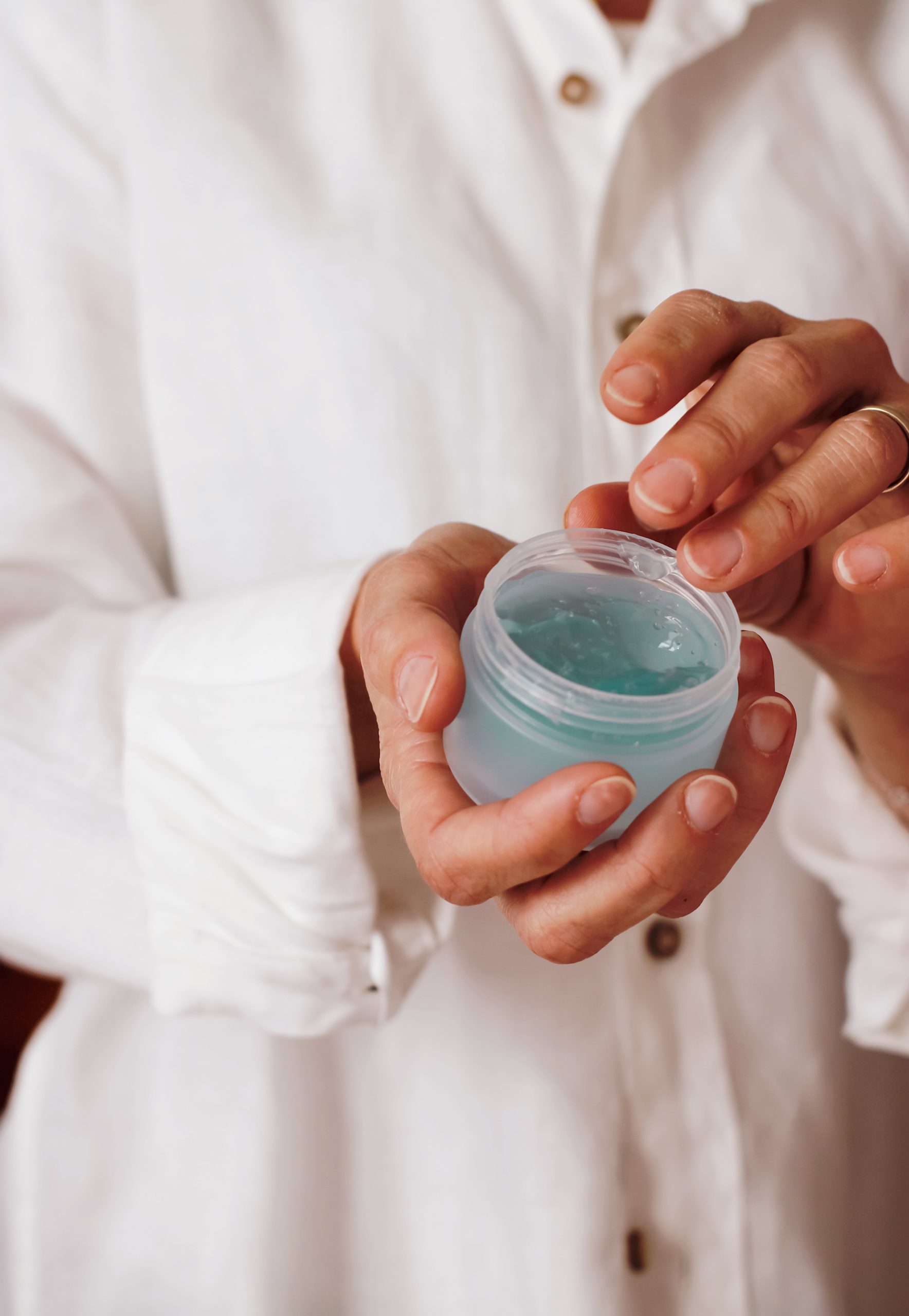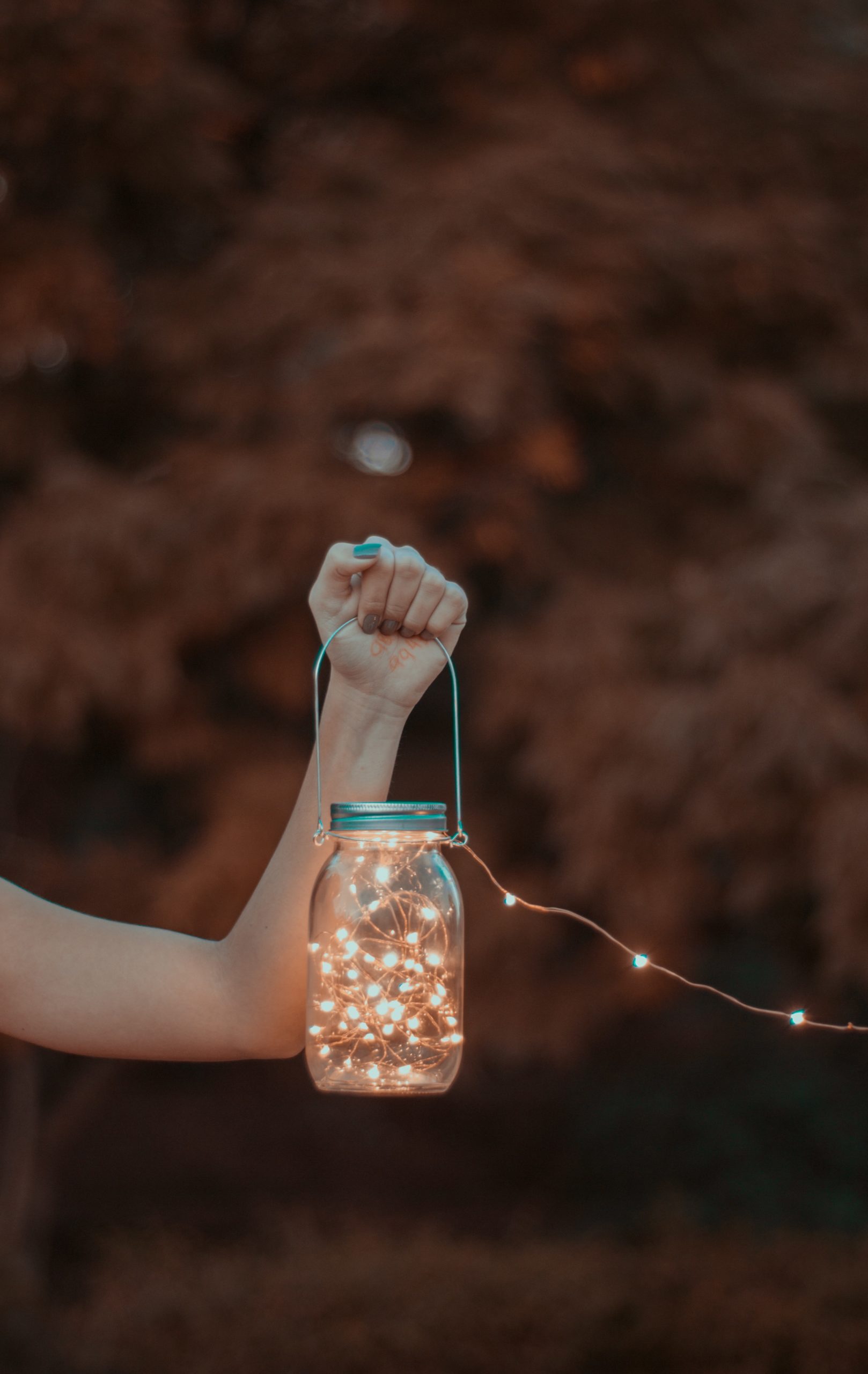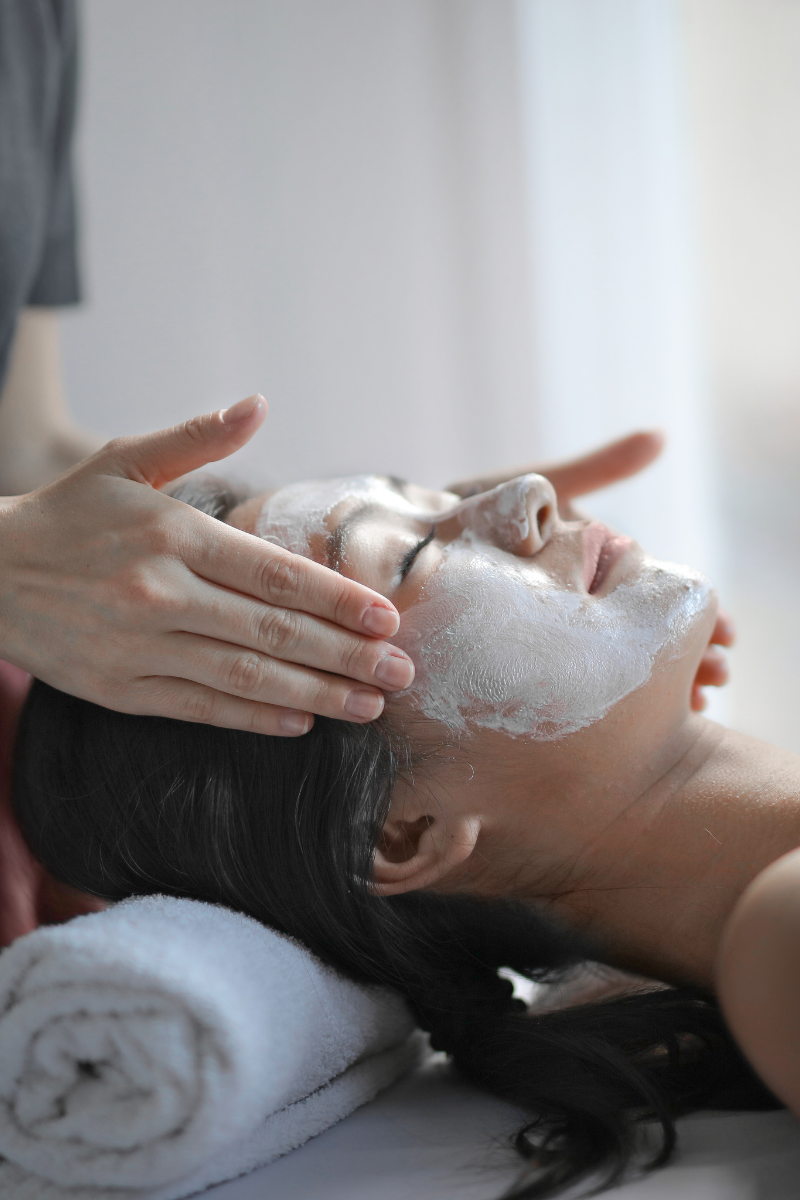Let’s be honest: a 10 step Korean skin care routine sounds like a lot of work. However, it’s actually easier than you might think.
What a lot of people don’t realise is that you don’t have to perform all ten steps every morning and night. Some steps are only necessary at certain times of day, and others only need to be incorporated once or twice per week.
When it comes to skincare, Koreans really know their stuff. In fact, in Korean culture skincare is not seen as preening but rather an essential form of personal hygiene, like showering or brushing your teeth.
If you’re looking to take your skincare to the next level and achieve uber healthy, glowing skin then a 10 step Korean skin care routine will definitely help you get there. I’ve created this step by step guide to help you build a routine that works for your individual skin and that you actually enjoy.
However, if you’re brand new to skin care then a full 10 step routine is like diving in at the deep end. If you consider yourself to be a skin care beginner, then I’d recommend checking out this simplified guide to get you started instead.
Okay, ready to dive in? Good. Welcome to the ultimate cheat sheet.


Step 1 – Oil Cleanser
Oil cleansers are an amazing way to remove sebum, makeup and sunscreen from your skin whilst protecting its natural pH balance. Korean skincare places a lot of emphasis on protecting the skin’s natural barrier, because a damaged barrier can cause all sorts of problems, including acne, sensitivity and dryness. Therefore, an oil cleanser is an important first step in your new Korean skincare routine.
No, you can’t use coconut or olive oil to cleanse your face – that’s a one-way ticket to a breakout, my friend. Oil cleansers are specifically formulated so that they won’t linger and clog your pores.
I absolutely love The Inkey List’s Oat Balm Cleanser. It’s affordable, super gentle and doubles as a face mask. Bobbi Brown’s Soothing Oil Cleanser is also just beautiful to use and it smells like a spa.
If you have eyelash extensions or laminated brows and you’re worried that using an oil cleanser may affect their longevity, you can always opt for a cream cleanser instead, such as Liz Earle’s Cleanse and Polish or ESPA Cleansing Milk.
When to use: Oil cleansing is a super gentle process so you can do it twice per day if you wish. This is definitely beneficial for those with oily skin because oil cleansers help to remove sebum. However, if your skin is on the drier side you don’t need to use an oil cleanser in the morning, so long as you wash your face properly before bed. This step is all about removing makeup and sunscreen, which your skin should be free of during your AM cleanse.

Step 2 – Water-Based Cleanser
A water-based cleanser is what you might think of as a traditional or “normal” cleanser. This step removes water-soluble particles from your skin. This means sweat, pollution and dirt.
You don’t need to spend a lot on your water-based cleanser if you don’t want to. I love La Roche Posay’s Hydrating Gentle Facial Cleanser. If you have acne-prone skin, Murad’s Clarifying Cleanser is perfect for you.
When to use: AM and PM. However, if you have very dry or sensitive skin, you might want to try PM only and simple rinse with lukewarm water first thing in the morning.

Step 3 – Exfoliation
Exfoliation is the key to gorgeous, glowy and clear skin. It refers to the process of removing dead skin cells, which makes for a brighter and more even complexion, with fewer clogged pores and breakouts. Regular exfoliation also enables your other skin care products to work harder because they are able to penetrate the skin more deeply.
Steer clear of scrubs and opt for a chemical exfoliant. If you’re new to exfoliating, I recommend using a gentle lactic acid product such as Sunday Riley’s Good Genes Lactic Acid treatment. If you have oily or acne prone skin, you can then graduate to the Glycolic Acid version once you become accustomed to regular exfoliation.
I also physically exfoliate my skin around once per month by dermaplaning, which basically means shaving my face with a scalpel. This sloughs off dead skin and peach fuzz for a beautiful, bright complexion. It sounds scary, but trust me, it’s actually easier than you might think. For a comprehensive guide on how to do it, take a look at this article.
When to use: PM only. Remember that you only need to exfoliate your skin 1-2 times per week – any more than that and you risk irritating your skin and damaging your barrier. Sometimes with skin care, less really is more.

Step 4 – Toner
Next up in our 10 step Korean skin care routine we have toner. Toner is a lotion, spray or tonic designed to protect, refresh and balance the skin. This step is particularly useful if you have acne-prone skin.
Make sure that you choose a toner which is alcohol free, otherwise you risk stripping and drying out your skin. Personally, I love Elemis’ Superfood Kefir Tea Mist – especially on a hot Miami day! Herbivore’s Jasmine Green Tea toner is also beautifully balancing and a great conscious choice.
When to use: AM & PM – basically, every time you wash your face.

Step 5 – Essence
An essence is pretty similar to a serum, but this step is more about boosting overall skin health than targeting a specific concern. When looking for an essence, opt for one which will hydrate and balance the skin.
I’m very partial to Cosrx’s Snail Mucin 96 because it leaves my skin wonderfully plump and radiant. SK-II Facial Treatment Essence is another great one for replenishing your skin barrier and boosting your overall skin metabolism. Meanwhile, Neogen Real Ferment Micro Essence is amazing for diversifying your skin microbiome, which is all the rage in Korea right now.
When to use: AM & PM

Step 6 – Treatments
The treatment step encompasses serums, boosters and ampoules. You should use these products to address specific skin concerns, whether that’s acne, hyperpigmentation, rosacea, dullness or signs of ageing.
Personally, I like to use Sunday Riley’s Turmeric + Vitamin C serum in the morning to brighten my complexion and protect my skin against free radical and environmental damage. Then, in the evening I use Saint Jane’s Luxury CBD Serum to nourish my skin.
If you’re still searching for the perfect skin treatment, I recommend taking a look at my guide to the best serums for every skin concern to help you choose the right one for your routine.
When to use: AM & PM, but you can change up which treatment you use at which time of day.

Step 7 – Sheet Mask
Sheet masks are cooling, hydrating and quintessentially Korean but you can use a liquid or clay mask if you prefer. These are more of a skin treat than a daily step, but nonetheless, masking once or twice a week can be really beneficial for your skin.
I’m currently obsessed with cryotherapy skin masks, which use cold therapy to rejuvenate the skin. Charlotte Tilbury’s is my favorite but Dr Jart + also offers affordable rubber masks, too.
One problem with single-use sheet masks is that they’re not very environmentally friendly, which is why it’s best to choose a product made from biodegradable materials, such as the Dr Dennis Gross C+ Collagen Biocellulose Brightening Treatment Mask or the Yes to Tomatoes Detoxifying Charcoal Mask.
I love nothing more than a detox face mask – for more on that, check out this article. Right now, I’m totally in love with the ESPA Clean Green Detox Mask.
When to use: once or twice a week is enough. Masking is great for self care Sundays!

Step 8 – (Retinol) Eye Cream
The right nourishing eye cream can help you kiss goodbye to dark circles and say hello to bright under eyes. However, it is true that eye cream is basically just a small pot of fancy moisturiser so it’s not strictly necessary – unless, of course, we’re talking about retinol.
I don’t see retinol discussed very often in conjunction with 10 step Korean skin care routines, but it’s a total skin care superhero so I recommend that you do incorporate it.
Retinol is a powerful ingredient but it can be quite harsh and irritating, so it’s generally not recommended for the delicate skin around the eyes, or around the mouth. Over time, you should still see an overall improvement in your whole face from using retinol, but if your under eye is a particular area of concern then consider using a topical retinol eye cream.
Retinol eye creams are formulated to be super hydrating and gentle, so that they’re safe to use on the delicate skin around the eye, without causing peeling, sensitivity or irritation.
The skin around the eyes is one of the first areas to betray signs of aging, so a retinol eye cream is definitely a good investment. Since retinol is so harsh, it may not even be necessary for you to use it on your whole face if you’re in your twenties or early thirties. Just grab a good retinol eye cream and you’ll be good to go! I adore Bare Minerals Photo-Retinol eye cream.
When to use: retinol is for PM only. Start by using 2-3 times per week and work up to 5-7.

Step 9 – Moisturiser
Moisturiser is one of the basic building blocks of any skin care routine. It’s essential in order to nourish and hydrate the skin. If you have oily skin, it’s best to go for a lightweight moisturiser whilst those with dry skin would benefit more from a richer cream. Here are some of my favourites:
When to use: AM, PM, anytime!

Step 10 – Sunscreen
Last but not least we have the most vital stage in any 10 step Korean skin care routine: sunscreen.
All of the hard work you’ve put into your routine will be completely undone without SPF. The sun is what damages our skin the most, since it causes fine lines, wrinkles, dehydration, hyperpigmentation and sometimes even burns.
The best thing you can do in order to stay forever young is to wear sunscreen every day, both in and outdoors. You should reapply it every 1-2 hours when outside, although you can be a little more lax if you’re mostly inside.
There’s a big debate about the benefits of chemical vs mineral sunscreen, but pretty much everyone agrees that either type of sunscreen is better than none at all. To find the right SPF product for you, check out this guide.
When to use: start in the AM and reapply throughout the day. If you’re outside or sitting next to a window, do this every 1-2 hours. If you’re indoors all day, every 3-4 hours should suffice.

So there we have it: the perfect 10 step Korean skin care routine! For more on skincare, check out:





[…] Guide to a 10-Step Korean Skin Care Routine […]